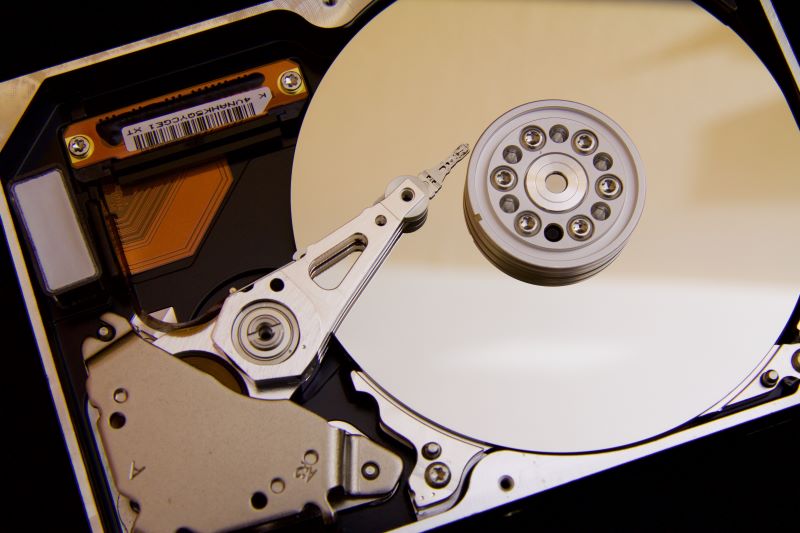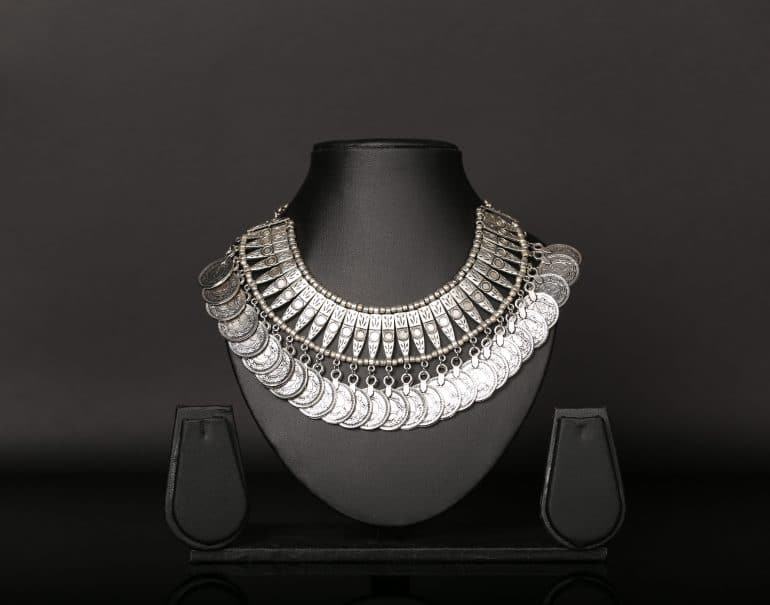Silver was discovered in 5,000 BC, and it is used immensely in heavy industrial applications. Pure silver is the best conductor of electricity and heat among all the metals. It is likewise the best reflector of visible light, one reason why it is used to make mirrors.
Silver is used in some batteries and electronics. In addition, some clothing is woven with silver nanoparticles to prevent bacteria buildup due to deposits of oils and sweat, as silver has antimicrobial properties. And, surely, silver jewelry pieces – anything from rings and bracelets to necklaces and chains, are incredibly popular and fashionable worldwide.
Silver’s long history
 The first evidence of silver mining goes as far back as 3,000 BC in Greece and Turkey. Even back then, the ancient people figured out how they could refine silver using the cupellation process. The silver ore was heated and air was blown over it. While silver doesn’t react to air, the base metals like copper and lead oxidize and then separate from silver.
The first evidence of silver mining goes as far back as 3,000 BC in Greece and Turkey. Even back then, the ancient people figured out how they could refine silver using the cupellation process. The silver ore was heated and air was blown over it. While silver doesn’t react to air, the base metals like copper and lead oxidize and then separate from silver.
In 1492, the Spanish conquerors found rich silver and silver ore veins in South America. The industry trade group Silver Institute says that between 1500 and 1800, 85 percent of the worldwide production of silver came from Mexico, Peru, and Bolivia.
Interesting facts about silver
In jewelry-making, gold is the metal of choice, overshadowing silver. Several mines produce mostly silver, although most silver is produced from zinc, lead, copper, and gold mines. In fact, the silver byproduct is typically used to pay for the operating costs of many mines.
- The atomic symbol for silver is Ag, short for the Latin word Argentum, which means silver. The Anglo-Saxon word for silver is seolfor.
- Silver’s melting point is 1,763°F (961.78°C), while its boiling point is 3,924°F (2,162°C).
- Silver is the second most reflective metal in the world, after aluminum.
- Currently, the world’s largest producer of silver is Mexico. Peru comes second, followed by China, Russia, and Poland. Also, Australia, Chile, Bolivia, Argentina, and the United States.
- Silver is not recycled as most mined silver is used in small quantities in electronics, electrical appliances, and several other applications. Because of silver’s unsurpassed electrical and thermal conductivity, there is a considerable demand for it in the electronics industry. For example, six percent of the production cost of solar panels is attributed to silver. The metal’s properties make it difficult to replace silver with lower-priced materials. The industry uses silver of the highest purity—99.99 percent.
- Other industries that use silver are medicine, technology, and jewelry.
- In at least 14 languages, money and silver are the same. In the older days, the Irish word airgead originally meant silver. Today the Irish word means money. In French, argent means silver and money.
Industrial uses of silver
 Silver is one of the most malleable metals. For example, you can get an 8,000-foot long wire from one ounce of silver.
Silver is one of the most malleable metals. For example, you can get an 8,000-foot long wire from one ounce of silver.- Silver acts as a catalyst to help the processes and chemical reactions to assist in the production of inks, fabrics, and plastics, among others. In addition, it is a valuable metal to solder and brazing alloys, wood preservatives, water purification, touchscreens, semiconductors, RFID chips, solar energy, photography, nuclear reactors, LED chips, glass coatings, batteries, dentistry, and medicine.
- The metal is essential in creating light-sensitive halide crystals. Aside from photography, silver is vital in radiography (X-rays) used in medicine and industrial inspection of heavy machinery and graphic arts.
- The early development of photography got significant help from silver, as silver nitrate, which is silver combined with oxygen and nitrogen molecules, was used on photographic plates. The solution reacts to light by turning black, allowing the early photographers to capture images instantly. Silver continues to be a part of the traditional photographic process today, even with the rising use of digital cameras. In the latest available data, about 1,230 metric tons of silver go into gadgets and wires used in the industry.
- In the United States, the electrical and electronics industry is the top user of silver, followed by medals and coins, photography, and jewelry and silverware.
- The solar energy industry is making full use of silver’s sensitivity to light. For example, silver is used as a conductive ink on photovoltaic cells that turn sunlight into electricity.
As you can see, there are so many interesting facts about silver. Despite being ranked second to gold, it has many commercial and industrial uses that make it one of the most in-demand metals in the world.

